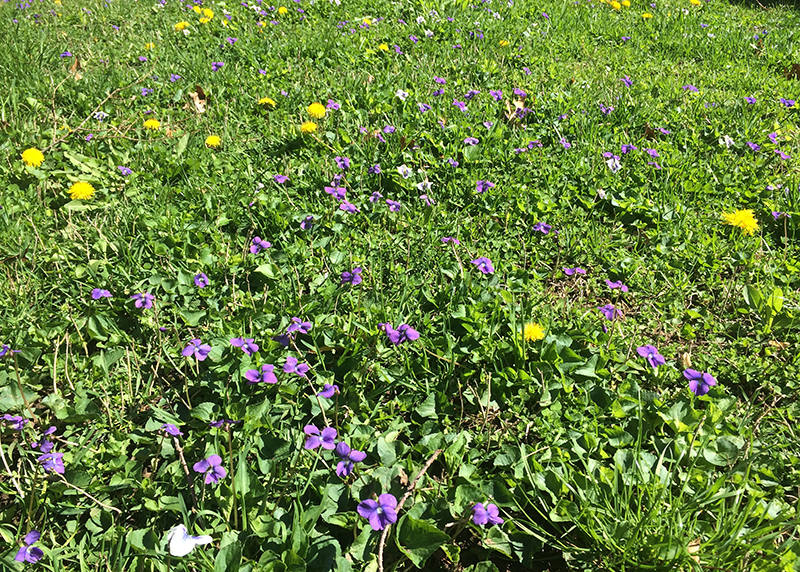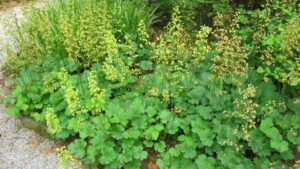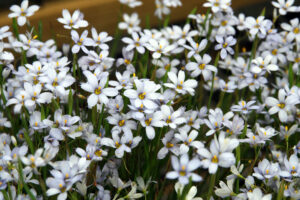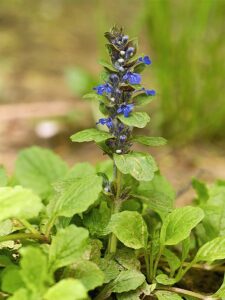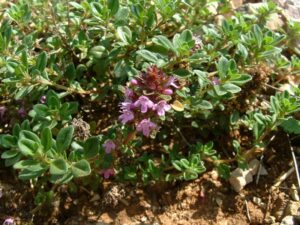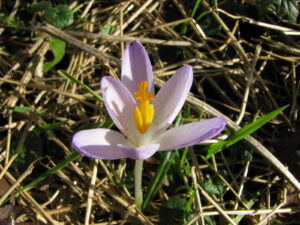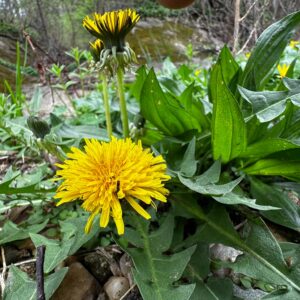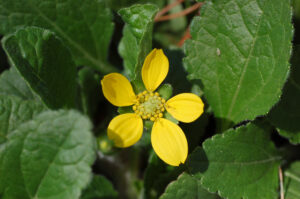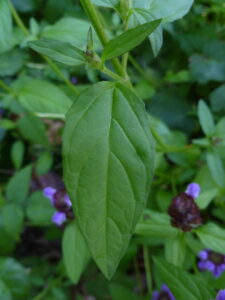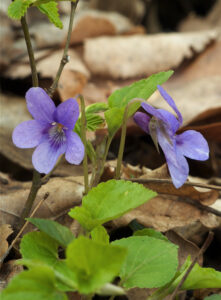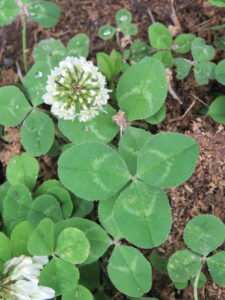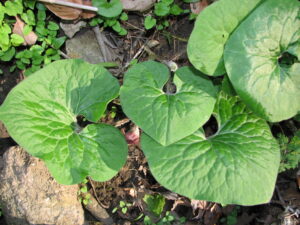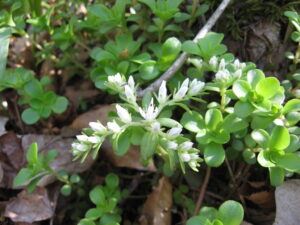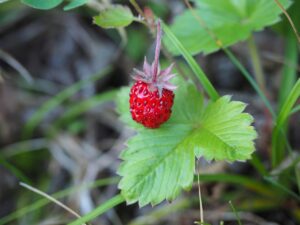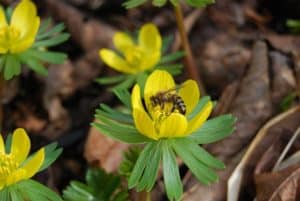Did you realize that your lawn is a food desert for pollinators?
You can change that, and beautify your yard at the same time! Add low-to-the-ground, blossoming, bee-friendly plants to your grassy areas.
You can use the chart below to find plants both you and bees will like. However, the University of Minnesota highly recommends starting with these three Bee Lawn plants:
- Dutch white clover (Trifolium repens).
- Creeping thyme
- Self-Heal (Prunella vulgaris ssp. lanceolata)
HOW TO USE THIS CHART:
- SCROLL left, right, up down to see the whole chart
- Click the top of a column to SORT plants based on the characteristics.
- "5" is the best Pollen and Nectar score (Low scores included because in dearth, 'some food' is better than none.)
- You can click the plant images to see a larger image
- You can search for specific plants on the chart with the search field - it is above the chart on the right
- You can search for plants that thrive in full shade by typing "full shade" in the search box (include the quote marks). You can also search for "full sun" and "part shady"
- To see more plants, click 'Next' - it is under the chart on the right
- Turn your PHONE sideways to view the chart.
PLANTS for a BEE LAWN

